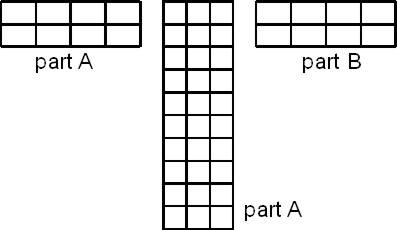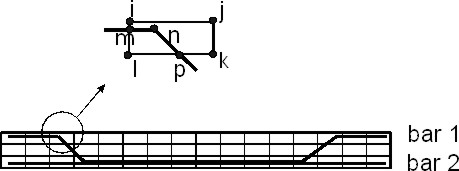
engineering & technology publications
ISSN 1759-3433
PROCEEDINGS OF THE EIGHTH INTERNATIONAL CONFERENCE ON COMPUTATIONAL STRUCTURES TECHNOLOGY
A General Form of Dirichlet Boundary Conditions Used in Finite Element Analysis
Cervenka Consulting, Prague, Czech Republic
The actual form of the proposed Dirichlet boundary condition (BC) is:
- Formulation and processing of a (possibly very complex) BC for
 is simple
and is separated from definition of other BCs.
is simple
and is separated from definition of other BCs.
- A particular boundary equation of the form (31) can be recursive.
- Multiple BCs [1] can be written for the same
 . The solver will
automatically detect, which of them (if any) are contradictory and which are
redundant. The former ones will be applied (after warning) in a summed form,
whilst the latter ones are simply ignored.
. The solver will
automatically detect, which of them (if any) are contradictory and which are
redundant. The former ones will be applied (after warning) in a summed form,
whilst the latter ones are simply ignored.
Application of the above concept of Dirichlet boundary conditions is very large. In the following some of the most important cases are mentioned.
When a structure with a complex shape is to be modelled, it must be subdivided into several substructures, each of them having a less complicated shape. Such a sub-structure, (often called macro element), is more easily meshed with an available finite element generator. However, a common problem with this concept is how to link the individual substructures together. (Note that macro elements use separate sets of finite nodes and possibly also incompatible element meshes). Application of a proper form of (31) will solve the problem.
A typical reinforced concrete structure is reinforced by a large number of discrete reinforcement bars of complicated shapes. It is nearly impossible to use the same set of finite nodes for both reinforcement bars and ambient solids of concrete. It is much easier to use separate sets and link them together with help of BCs [1].
Some more examples are discussed in the full length paper, together with an analysis from engineering practice.
- 1
- J. Cervenka and L. Jendele, "Atena User's Manual, Part 1-7", Prague: Cervenka Consulting, 2000-2006.
purchase the full-text of this paper (price £20)
go to the previous paper
go to the next paper
return to the table of contents
return to the book description
purchase this book (price £140 +P&P)

